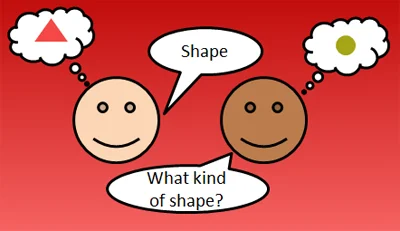Note: All postings with a # symbol are “Clean Language” therapy interventions.
Clean language therapy is a type of psychotherapy that utilizes specifically worded questions and open-ended responses, which allow clients to access the subconscious and explore their narratives, thoughts, and feelings, in a nonjudgmental and safe way. It relies on the client to find their own meanings and solutions, while the therapist works to establish a safe, curious space which encourages exploration of the person’s inner world. Clean language is useful in a range of therapeutic settings, including trauma, addiction recovery, mentoring, couple’s therapy, and coaching.
My Background With This Modality
In 1993, a therapist friend told that she had attended a 3 day workshop in Houston called “Healing the Wounded Child Within” with David Grove a New Zealander as the presenter. She told me that we were using similar language patterns and that she had purchased his materials (workbook & 8 cassette tapes) and wanted to know if I was interested in borrowing them. I studied the materials and was able to talk to David on four or five occasions over the phone at their retreat in Missouri.
I used David, his partner, and co-developer Cei Davies Linn’s materials when I worked with Nancy in 1994 and this modality has become my favorite intervention to this day.(https://clintmatheny.cdn-pi.com/nancy-healing-sexual-abuse/
I have found working with the “child within” or their metaphors to be the most transformative therapy model in existence today. It is possible in one session for clients to heal a negative emotion that for them in the past was intractable – even with medications.
It wasn’t until 1999 did David’s “Clean Language“ got the attention it deserved and it happened in the UK. David’s untimely death occurred in 2008.
It is my hope that within the next fifty years “Clean Language” Therapy will become the most used modality in mainstream psychotherapy.
The accepted methods of treating trauma 30 years ago were to encourage clients to ‘desensitise’ by talking through their experiences; David, however, noticed that this often re-traumatised clients and instead listened to them describe their symptoms spontaneously in metaphor, for instance ‘it feels like a ton of bricks’, and found that exploring these metaphors alleviated their disorders.
To encourage this process, he repeated the client’s own exact words back to them and developed a series of simple questions which would carry the least possible influence from the therapist. Because this honoured the client’s experience, ideas and values without contaminating them with those of the therapist, he named this technique “Clean Language”.
The fundamental principles of Clean Language are quite simple:
- Listen attentively.
- Keep your opinions and advice to yourself as far as possible.
- Ask Clean Language questions to explore a person’s metaphors (or everyday statements).
- Listen to the answers and then ask more Clean Language questions about what the other person has said.
We both have had mixed results with clients taking psychotherapeutic medications (benzodiazepines, antipsychotic, mood-stabilizers, and barbiturates) because clients have to be able to access their emotional feelings to do this process.
Many of my clients are surprised by these unusual clean language questions as is this woman that had been experiencing fear daily for over twenty years. This woman experienced a trauma when her father committed suicide by shooting himself with a shotgun in an adjoining room.
For over twenty years she was hyper vigilant and experiencing PTSD symptoms of fear. She had to always sleep facing a doorway and she had to have security at the hospital where she worked look under her car before she could enter it.
The actual session lasted for less than thirty minutes and the intervention took less than ten minutes. This is a humorous 90 second followup interview we did a few weeks after the intervention:
These are nine basic Clean Language questions that I use to clarify the speaker’s meaning when they use a metaphor:
And what would you like to have happen?
And is there anything else about ..X..?
And what kind of … is that …?
And where is …?
And whereabouts?
And what happens next?
And then what happens?
And what happens just before …?
And where could … come from?
And that’s … like what?
I believe that interviewers, coaches, therapists, and business consultants will greatly improve their communication skills by letting their clients take the responsibility of solving their desired outcomes by using this communication model.
Over twelve years ago I developed a modified procedure that I call, “Back to the Future”: https://clintmatheny.cdn-pi.com/back-to-the-future-with-clean-language/
This PDF is an excellent 48 page paper for therapists by American professors David Pincus and Andes Sheikh:
PDF: ”David Groves Metaphors for Healing”
Clean Language & Symbolic Modeling Online Training with James Lawley and Penny Tompkins. Both trainers have over 25 years of experience and have brought Clean Language trainings to thousands worldwide:
https://cleanlanguageonline.com/
Judy Rees of the UK was so kind to allow this posting on more general information on Clean Language.
https://reesmccann.com/wp-content/uploads/2020/08/CLQA-V1.3.pdf
Clint77090(at)gmail.com

